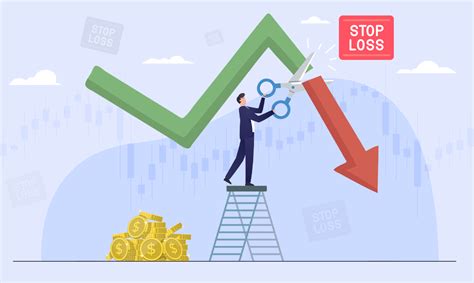“Systemic Risks of Crypto Trading: The Invisible Danger Lurking in the Shadows of Volatility”
The world of cryptocurrency trading has experienced unprecedented growth and popularity over the past decade, with millions of investors worldwide participating in this rapidly evolving market. However, beneath the surface of this seemingly lucrative industry lies a hidden danger that threatens to upend the entire ecosystem: systemic risk.
Systemic risk refers to the possibility of an economic shock or crisis that could quickly spread through the global financial system and have far-reaching consequences. In the context of cryptocurrency trading, this risk manifests itself in several ways.
Stop-Loss Strategies: A Double-Edged Sword
One of the most effective stop-loss strategies used in cryptocurrency trading is the Fixed Price Level (FPL) stop-loss order. This type of order sets a specific price at which to sell an asset, and when it is reached, the trade will automatically close. While FPL stop-loss orders are generally considered reliable, they can also lead to unintended consequences.
For example, if a trader decides to short Bitcoin for $10,000, but the market suddenly jumps to $20,000, he may be forced to cover the position by selling his assets at a higher price. This could trigger an unprecedented sell-off in the asset in anticipation of a potential decline, leading to a vicious cycle of volatility and fear that could ultimately destabilize the entire market.
Unprecedented Danger: Overreliance on Artificial Intelligence
Another area where artificial intelligence (AI) is playing a significant role is in the creation of sophisticated trading robots. These highly optimized programs use complex algorithms and machine learning techniques to analyze vast amounts of data, recognize patterns, and make quick decisions in real time. While these tools can be incredibly effective, they also raise concerns about systemic risk.
When traders overly rely on AI-powered trading bots, they can neglect the essential human judgment and emotional decision-making processes that are essential to successful cryptocurrency trading. In a world where the stakes are high and market conditions are constantly changing, it is easy to fall prey to the lure of automation, leading to unintended consequences.
The Ripple Effect: A Chain Reaction of Systemic Risk
In recent years, we have seen a growing trend towards decentralized trading platforms, which often rely on AI-powered trading bots to execute trades. While these platforms can provide unparalleled efficiency and scalability, they also introduce new risks to the market.
When multiple traders participate in a single platform, using similar strategies and algorithms, it creates a chain reaction of systemic risk that is difficult to predict or contain. This is especially concerning when combined with other market participants who may have conflicting interests and agendas, leading to a potential loss of trust in the entire ecosystem.
Conclusion: Caution is needed
As cryptocurrency trading continues to evolve, it is crucial for investors and traders to remain vigilant about the potential risks. By understanding the mechanics of systemic risk and the limitations of AI, we can take steps to mitigate these dangers and build a more resilient market.
In the words of economist John Maynard Keynes, “the danger lies not in the market itself, but in what happens when it becomes self-aware.” As we navigate the complex landscape of cryptocurrency trading, it is crucial that we recognize the inherent risks and uncertainties that lie at its core. By doing so, we can build a safer, more stable ecosystem in which all market participants can thrive.
Recommended Readings:

- “The Machine Stops” by E.M.
